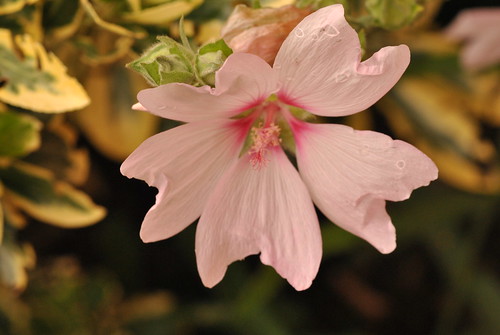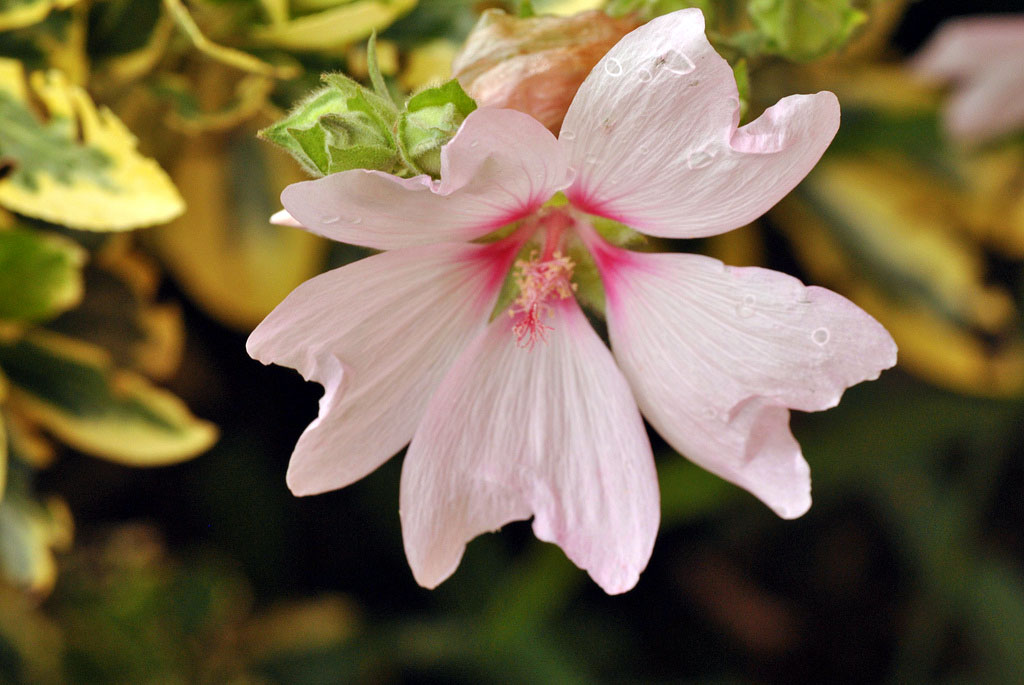I took my Tamron out for first time today, these the best of a bad lot and I have loads of questions!!
Sorry, I have read all the advice give and did use my flash, diffused, but I took it off, as I think I want to learn to get manual focusing right first.
Firstly Mr Spider - How would I have gotten his mouth in focus as well as the rest of him?? I just couldnt!

DSC_8036 by jomantha, on Flickr

DSC_8036 by jomantha, on Flickr
Hoverfly close up could not get a sharp image of a moving fly, close up at all, I had to give up on the Bees

DSC_8059 by jomantha, on Flickr
Best I could get of a hovering hover fly - how to get close??
Hover Fly - too much flower not enough fly??

DSC_8056 by jomantha, on Flickr
Sorry, I have read all the advice give and did use my flash, diffused, but I took it off, as I think I want to learn to get manual focusing right first.
Firstly Mr Spider - How would I have gotten his mouth in focus as well as the rest of him?? I just couldnt!

DSC_8036 by jomantha, on Flickr

DSC_8036 by jomantha, on Flickr
Hoverfly close up could not get a sharp image of a moving fly, close up at all, I had to give up on the Bees

DSC_8059 by jomantha, on Flickr
Best I could get of a hovering hover fly - how to get close??
Hover Fly - too much flower not enough fly??

DSC_8056 by jomantha, on Flickr





